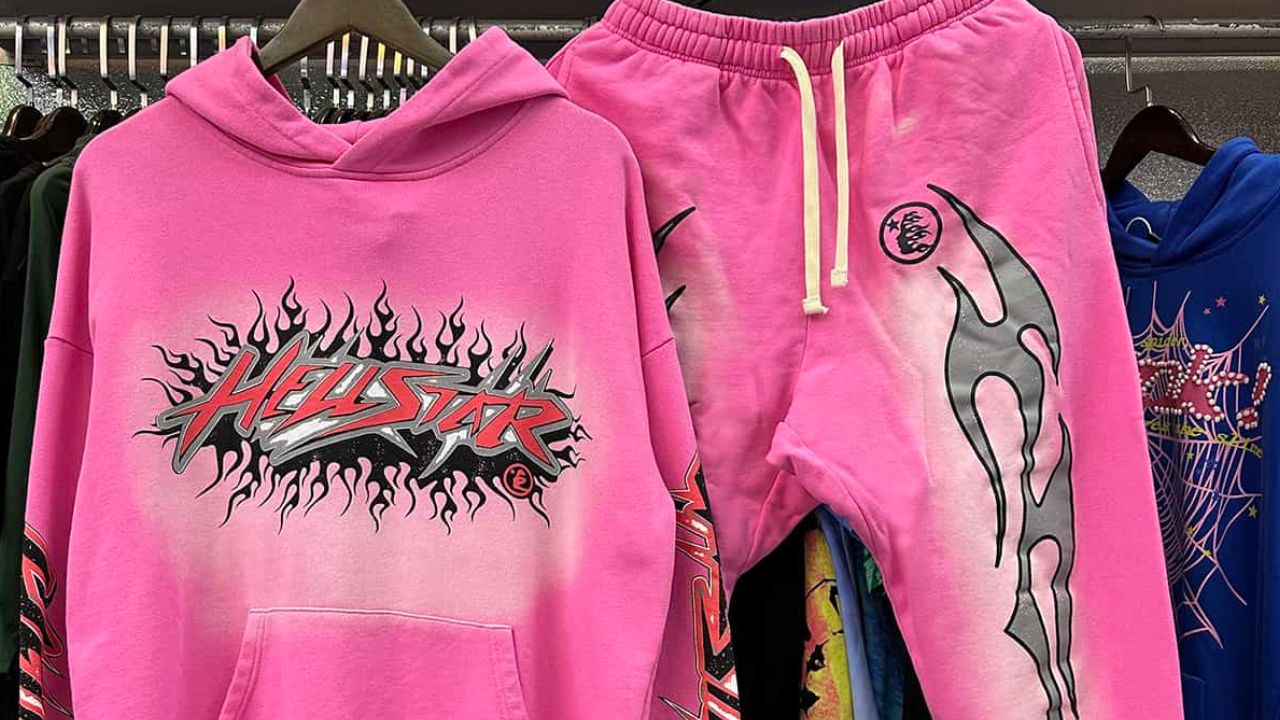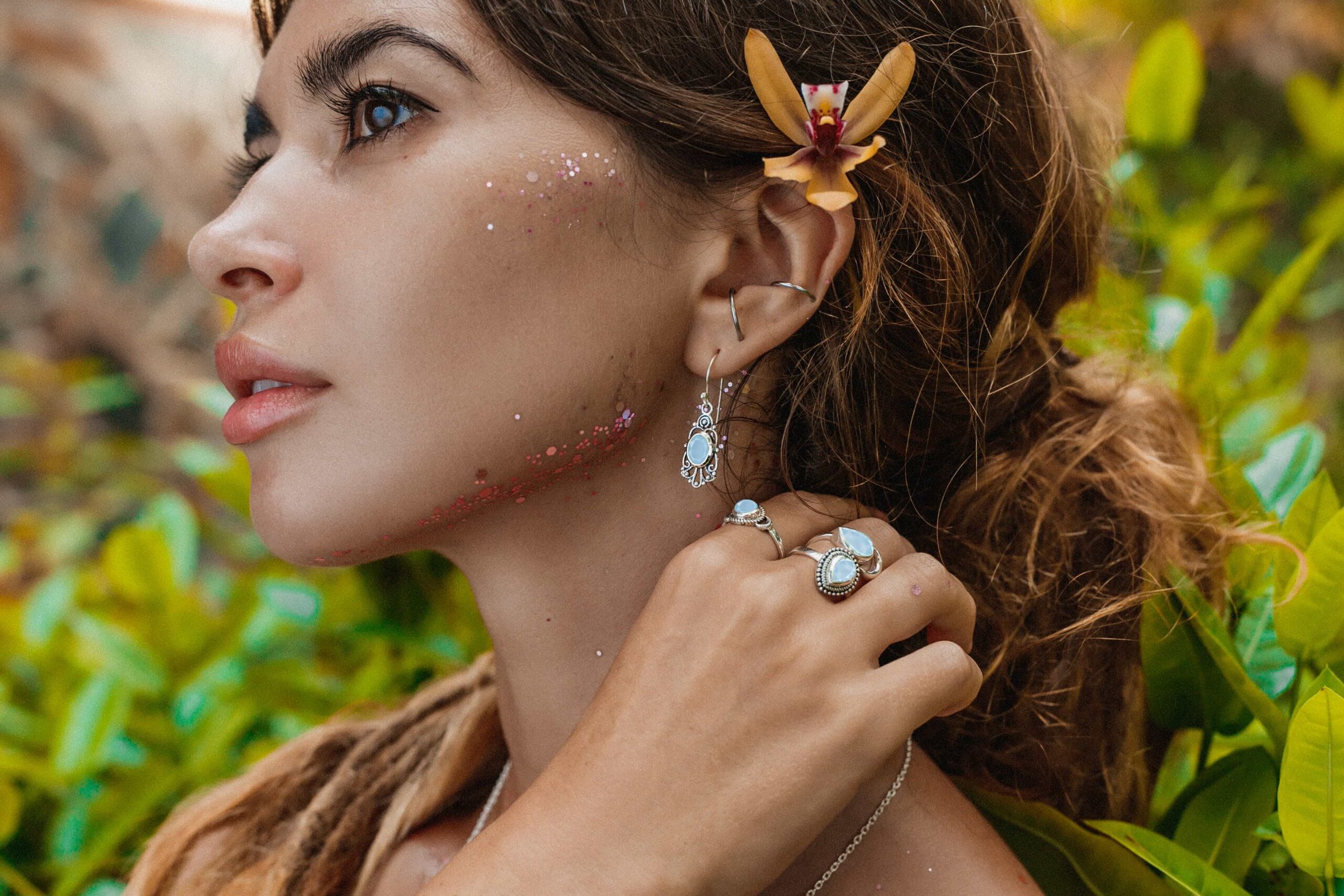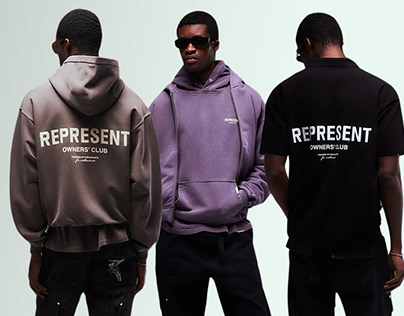Silk fabrics have captured the hearts and imaginations of people for centuries. From the ancient empires of China to modern fashion runways, silk continues to be one of the most coveted textiles in the world. Why? Its luxurious feel, durability, and versatility make it not only a symbol of elegance but also an incredibly functional fabric. In this blog post, I’ll dive into why silk fabrics remain timeless, exploring their rich history, benefits, and their modern-day applications in fashion and beyond.
The History of Silk: A Journey Through Time
Silk production, or sericulture, has a long and fascinating history that dates back over 5,000 years to ancient China. Legend has it that Empress Leizu, the wife of the Yellow Emperor, discovered silk when a silkworm cocoon fell into her tea. This led to the development of silk weaving, which soon became a closely guarded secret in China. For centuries, silk remained exclusive to royalty and the upper classes.
But eventually, through trade along the Silk Road, silk fabrics spread across Asia, Europe, and beyond. Today, silk is more accessible than ever but retains the aura of exclusivity and luxury that it has carried through the ages.
Silk’s Place in Fashion History
Throughout history, silk fabrics have been worn by royalty and elites. The fabric’s association with wealth and status can be traced from ancient Chinese emperors to European kings and queens. Silk’s beauty and durability have made it a staple in wardrobes, ceremonial outfits, and even military uniforms.

Why Silk Fabrics Are Still Relevant Today
Silk fabrics are not only beautiful but also highly functional. Their unique properties make them an ideal choice for a variety of uses, from high-end fashion to home décor and even medical applications.
Here are some reasons why silk continues to be a popular choice:
1. Luxurious Comfort
The first thing anyone notices about silk fabrics is their softness. It feels cool to the touch and smooth on the skin. This makes silk ideal for clothing that comes in direct contact with the skin, such as silk dupatta or silk dresses.
- Breathable and lightweight, silk is perfect for all seasons.
- It drapes beautifully, adding an elegant flow to any garment.
- Silk is hypoallergenic, making it a great option for people with sensitive skin.
2. Natural Shine and Durability
Silk’s natural luster gives it a unique sheen that other fabrics simply cannot match. The shimmering effect is created by the triangular prism-like structure of the silk fiber, which allows silk cloth to refract incoming light at different angles.
- Unlike synthetic fabrics, silk is naturally durable and can last for years if cared for properly.
- Silk is also strong, with fibers that are tougher than steel of the same thickness.
3. Temperature Regulation
One of the most incredible aspects of silk fabrics is their ability to regulate temperature. In the summer, silk keeps you cool by wicking moisture away from your skin. In the winter, it can keep you warm by providing an extra layer of insulation.
- This makes silk ideal for all kinds of garments, from lightweight summer scarves to winter evening gowns.
- Silk also retains its form, so your clothes maintain their elegance over time.

Applications of Silk in Modern-Day Fashion
Silk fabrics are not just for special occasions anymore. Thanks to advancements in textile manufacturing, silk can be incorporated into everyday wear, making it both fashionable and functional. Let’s explore some of the most popular uses of silk in fashion today.
Silk in Women’s Fashion
From scarves to dresses, silk fabrics play a pivotal role in women’s fashion. For instance, a silk dupatta adds elegance and class to any outfit. Lightweight yet luxurious, it’s a staple for traditional attire and can also be styled with modern clothing for a chic look.
- Dresses made from silk provide a luxurious feel and are perfect for special occasions.
- Silk dupattas offer not only a fashion statement but also versatility, as they can be paired with numerous outfits.
Silk Accessories
Silk scarves, ties, and even handbags have become must-have accessories for fashion lovers. The fabric’s versatility allows it to be crafted into a wide range of accessories that enhance any outfit.
- Silk scarves are perfect for adding a touch of luxury to everyday outfits.
- Silk hair accessories are also popular, as they prevent hair breakage while adding a fashionable flair.

Beyond Fashion: Functional Uses of Silk
Although silk is predominantly used in fashion, its properties lend themselves to a variety of functional applications.
1. Home Décor
Silk fabrics have found their way into home décor, where their luxurious appearance can elevate the look of any room. From silk curtains to silk cushions, the fabric’s natural sheen and texture add sophistication to interior designs.
- Silk bed sheets provide both comfort and a touch of luxury.
- Silk upholstery gives furniture a timeless, elegant look.
2. Medical Uses
Silk’s strength and biocompatibility have led to its use in medical applications, such as surgical sutures and tissue scaffolding. Additionally, silk’s hypoallergenic properties make it suitable for use in various skin care products, including facial masks and creams.
The Sustainability of Silk
In today’s environmentally conscious world, sustainability is an important consideration. Luckily, silk is a natural and biodegradable fiber, making it an eco-friendly choice compared to synthetic fabrics like polyester. When sourced responsibly, silk production can also be a sustainable practice. Mulberry trees, the primary food source for silkworms, require less water than cotton crops, and the process of sericulture has minimal environmental impact.
How to Care for Your Silk Fabrics
Taking care of silk fabrics may require a little extra effort, but it’s worth it to preserve the beauty and longevity of your garments.
- Hand washing with mild detergent is recommended, as silk can be damaged by harsh chemicals.
- Always air dry your silk items; avoid using a dryer.
- Store silk garments in a cool, dry place, away from direct sunlight to prevent fading.
Conclusion
Silk fabrics have stood the test of time for good reason. From their luxurious feel to their practical uses, silk continues to captivate both fashion designers and everyday consumers. Whether you’re draping yourself in a silk dupatta or incorporating silk into your home décor, this fabric offers beauty, comfort, and functionality that is truly timeless.
Key Takeaways:
- Silk fabrics provide both luxury and functionality, making them suitable for fashion, home décor, and even medical applications.
- Silk is a natural, eco-friendly fabric that offers temperature regulation, durability, and hypoallergenic properties.
- Caring for your silk garments properly will ensure that they last for years, maintaining their elegance and beauty.
By the end of this blog post, you should have a deeper appreciation for silk fabrics and their remarkable versatility. Whether you are adding a silk dupatta to your wardrobe or incorporating silk into your home décor, it’s clear that silk is not just a fabric—it’s a timeless treasure.



